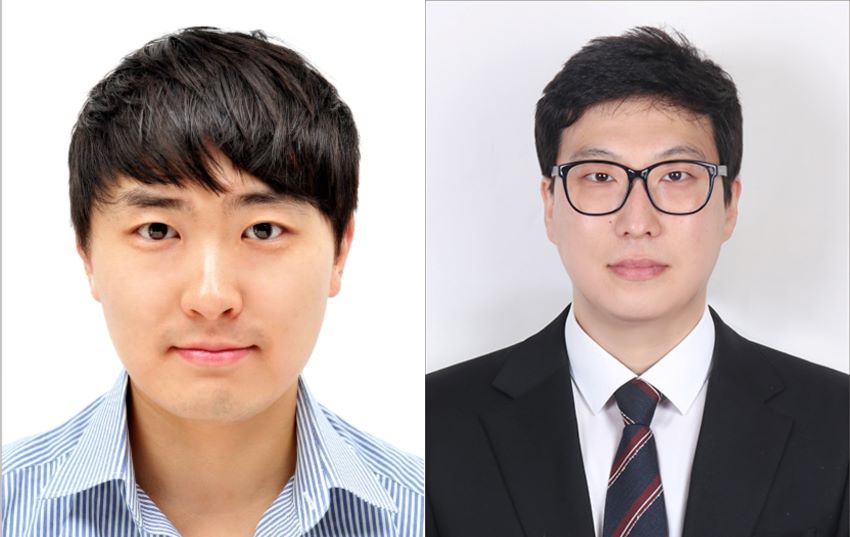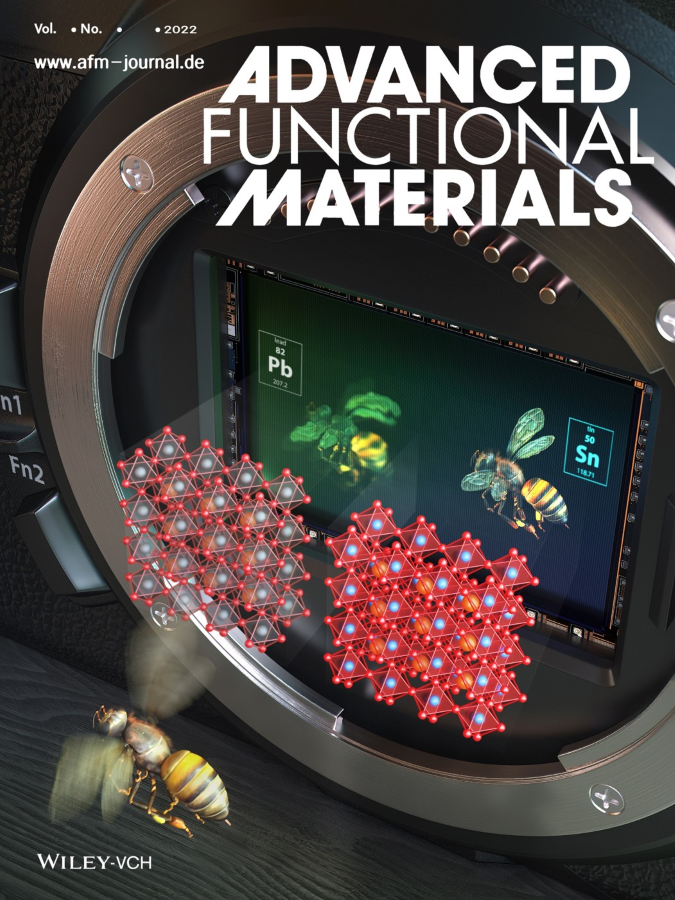Prof. Il Jeon’s Research Team (SAINT) Develops High-Speed Lead-free Perovskite Photodetector
- Developed Tin-based perovskite to identify noise suppression principles
- Selected as the cover paper for Advanced Functional Materials

▲ Prof. Il Jeon (SAINT) / Dr. Gyu Seon Kim
The domestic research team has developed lead-free perovskite material-based photodetector which can detect light much faster than conventional ones.
* Perovskite: A crystal structure of a mineral found in the Ural Mountains, Russia, in 1839. Perovskite structure has high electric charge transportation and light absorption characteristics, gathering attention for its potential to be the future material for solar cells.
* Photodetector: The light-detecting device in the image sensor, light sensor, etc.
Prof. Il Jeon and Dr. Gyu Seon Kim’s research team (SAINT) joint with Prof. Dong Hwan Wang and Dr. Woong Sik Jang (Chung-Ang University), announced their success in implementing the passivation process on photodetector for improving the stability of perovskite thin film by suppressing noise efficiently.
* Passivation: The process of passivating a film by forming a film through treatment such as using a solvent to prevent the reaction at the surface
*Noise: undesired distortion of input signals such as external interference. Electric signal that impedes accurate detection.
Recently, perovskite materials that can control absorbance according to their composition are in the spotlight as future-generation photosensitive materials that can replace inorganic photosensitive materials but were facing difficulties in commercialization due to the harmful effects of lead.
Conventional lead-based perovskites have a relatively low binding force between lead ions and halogen ions, allowing ions to move easily in the structure, which has caused noise generation and also has been the major cause of deterioration in photodetector performance by facilitating injection of external charges.
Accordingly, the joint research team succeeded in developing high-quality non-lead perovskite materials by applying passivation technology that can stably form thin films by utilizing tin materials, an ingredient that can replace lead.
Unlike conventional lead-based materials, tin-based perovskite materials have shown superiority in suppressing noise generation within photodetector by limiting the movement of internal ions through the strong binding energy of tin and halogen ions.
Tin based non-lead Perovskite Photodetector Structure and Noise Suppression effect due to Tin content
As a result, it was possible to verify the implementation of a non-lead perovskite photodetector with the excellent photosensitive ability and fast speed by blocking the external current flow that degrades the performance. This study is expected to enable the simultaneous implementation of eco-friendly technology and performance improvement technology due to the next-generation photodetector with tin-based perovskite material. It is expected to contribute to the development of related technologies as it is expected to be applicable in the field of future photoelectric conversion devices and displays based on various perovskite materials.
The research results of Prof. Jeon’s research team are published in the material field’s global academic journal, Advanced Functional Materials, on December 16th and were selected to be the cover thesis for its research excellence.
















